
Mediterranean Wonders: Sicily, Greece, Sardinia and Beyond
Experience exclusive culinary excursions and world-renowned delicacies as you explore a vast swath of the Mediterranean—from Spain and Sardinia to Corsica and Greece. Walk amid pre-historic standing stones on the isle of Menorca, savor Sicilian wine at an 18th-century castle, swim in the azure waters of Kefalonia, and discover the UNESCO World Heritage site of Delphi, the center of the ancient Greek world.
ITINERARY SUMMARY
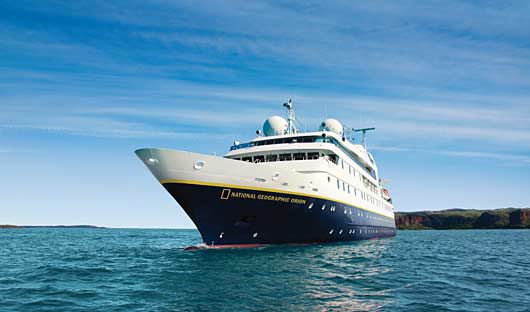
DAY 1 BARCELONA, SPAIN
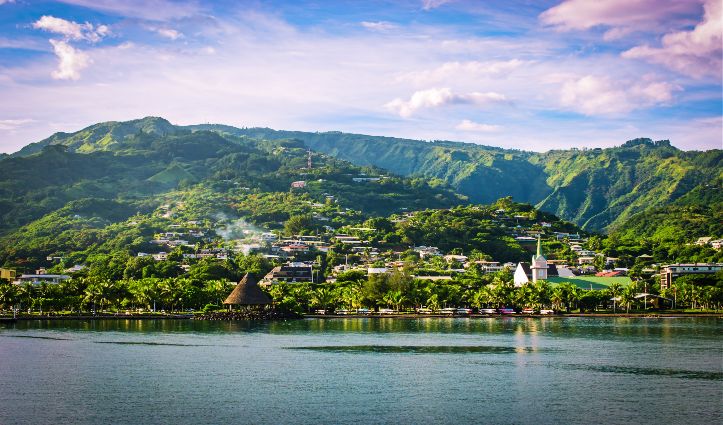
Arrive in Barcelona and explore the iconic architectural masterpieces of this city, the energetic street rhythms coming from Las Ramblas, and the beautiful views atop Montjuic. Embark National Geographic Orion in the late afternoon and set a course east for the island of Menorca.
DAY 2 CIUTADELLA DE MENORCA

The Vandals, the Moors, and the British Empire have ruled over this stunning little island where prehistoric civilizations left intriguing rock mounds and megalithic monuments dating back some 4,000 years. This afternoon, explore this history while traveling overland to the southeast of Menorca. Walk through the Bronze Age village of Torralba d’en Salord and see the characteristic T-shaped stone monuments left by the Talayotic peoples. This evening, set a course east toward the shores of Corsica.
DAY 3 AT SEA
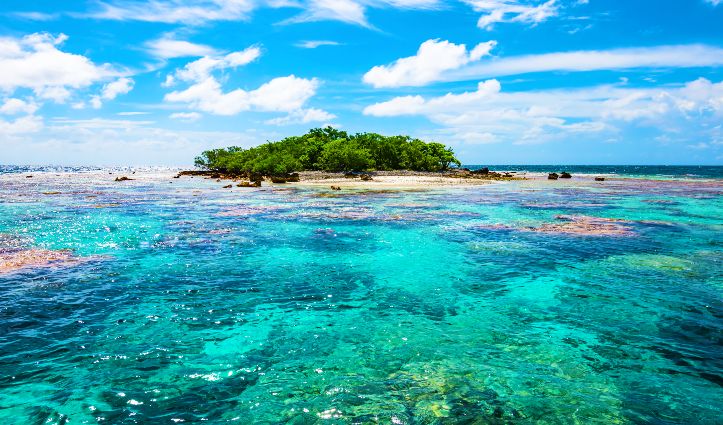
Enjoy National Geographic Orion’s amenities during this day at sea. Listen to talks by the onboard experts, get photo tips from a Lindblad Expeditions-National Geographic certified photo instructor, or spend some time on the bridge with the officers, who are happy to answer questions. A massage from a wellness specialist is an inviting option or relax with a book in the observation lounge. You will arrive in Bonifacio this evening.
DAY 4 BONIFACIO, CORSICA, FRANCE
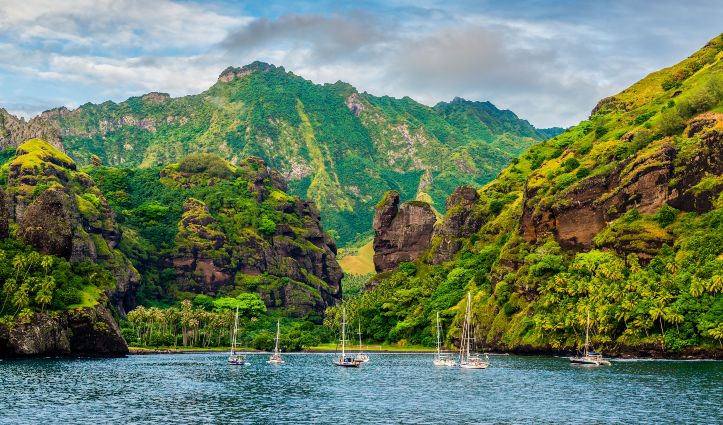
Wake up to the sunrise over the layered cliffs of Bonifacio. Enter the narrow harbor to dock and enjoy the day in one of the Mediterranean’s most beautiful towns. Begin with a walking orientation to the citadel, established by the powerful margraves of Tuscany in the ninth century. The rest of the morning is devoted to enjoying this lovely destination.
DAY 5 DORGALI, SARDINIA, ITALY
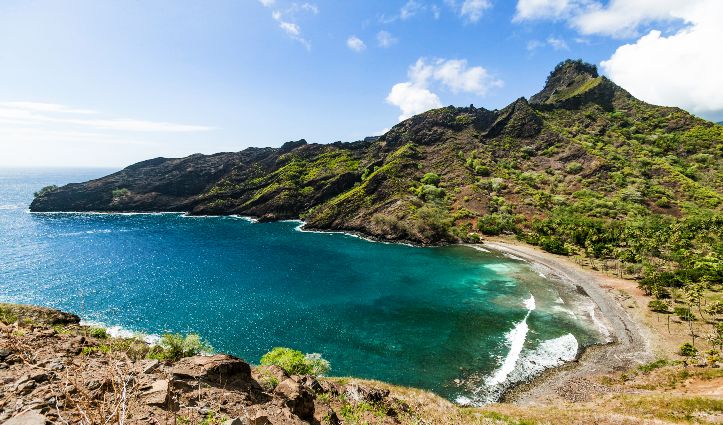
Step ashore on Sardinia’s east coast, known for its stunning and remote landscapes, including grottos and mountain peaks. Populated since pre-historic times, the landscape is dotted with Roman village ruins and monasteries from the Middle Ages. Spend the morning in Dorgali visiting local artisan shops that showcase traditional ceramics, leather crafts, and knife making. Or venture into the mountains to visit the archeological discoveries, including tombs and village remains.
DAY 6 AT SEA / AEOLIAN ISLANDS

Enjoy the day at sea as you sail toward the Aeolian Islands—not only famous for the winds of the god Aeolus, but also for some of the most well-known classical volcanoes. With a bit of luck, you will witness the pyrotechnics of the active volcanic island of Stromboli. You’ll pass through the narrow Strait of Messina overnight, the purported location of Homer’s monsters Scylla and Charybdis: the rock and the hard place through which Odysseus had to sail.
DAY 7 TAORMINA, SICILY

This morning, drive up to the beautiful town of Taormina, perched 250 meters above the sea. With Mount Etna dominating to the south, this medieval town boasts the pedestrian-friendly Corso Umberto, lined with exquisite buildings, and one of the world’s most interesting cultural sites: the Greco-Roman Theater. This remarkable theater was built right into the cliffside, overlooking the vast sea below, in the third century B.C. Enjoy a special lunch at a privately owned castle, the Castello degli Schiavi. This impressive 18th-century home was the setting for many scenes in The Godfather films, and you meet members of the family that owns it and explore the extensive buildings and grounds.
DAY 8 SIRACUSA

Head ashore at Siracusa, one of the most powerful cities in the classical world. Explore the archaeological park, where a well-preserved Greek amphitheater with carved limestone seats is still used today. Paradise Quarry, now an attractive garden and orange grove, was the primary source of that limestone, and is the site of the curious Ear of Dionysius—a huge cave with incredible acoustics. Make the most of your time in port: explore the city’s excellent market or explore the adjacent island of Ortigia, where a stunning cathedral was built on the columns of the 6th-century Temple of Athena. Alternatively, take an evening stroll through the city’s piazzas.
DAY 9 AT SEA

Spend this day at sea, relaxing aboard the National Geographic Orion, as she makes her way towards Greece.
DAY 10 CORFU, GREECE

Known for its strong cultural heritage, Corfu is home to many of the country’s firsts: the first university, theatre, and opera. Learn about the island’s history, including its triumphant defense against the Ottoman empire, and spend time around Spianada, the old city’s main square—and the largest one in Greece—built in the 16th and 17th centuries by the Venetians. Discover the island’s most iconic landmarks and signs of foreign influences. Or, meander through the old town’s charming city streets tasting local delicacies such as kumquats and olive oil. Alternatively, spend the day taking in the stunning landscapes of Greece’s greenest island exploring the countryside and mountain trails.
DAY 11 KEFALONIA OR ZAKYNTHOS

Today, your Expedition Leader and local guides will choose one of the many picturesque beaches on the island of either Kefalonia or Zakynthos, bordered by the idyllic Ionian Sea. Soak in the vivid blue waters—a true photographer’s delight. Stroll along the shoreline or opt for a swim in Ionian’s stunning waters.
DAY 12 DELPHI / CORINTH CANAL

Visit the UNESCO World Heritage site of Delphi, the center of the ancient Greek world. The ruins here are home to the Temple of Apollo—Greece’s most important shrine—where the Oracle of Delphi delivered divine prophecies. Learn about the city’s storied past and explore the temple and other important sites. Later, navigate the historic Corinth Canal, slipping between the 300-foot limestone walls that tower above both sides of our vessel. Built in the late 19th century, the canal is too small for most modern-day ships, but the National Geographic Orion is perfectly sized for the transit to the Gulf of Corinth and Ionian Sea.
DAY 13 ATHENS

Arrive in Athens this morning. After breakfast, disembark and transfer to the airport for your flight home.


